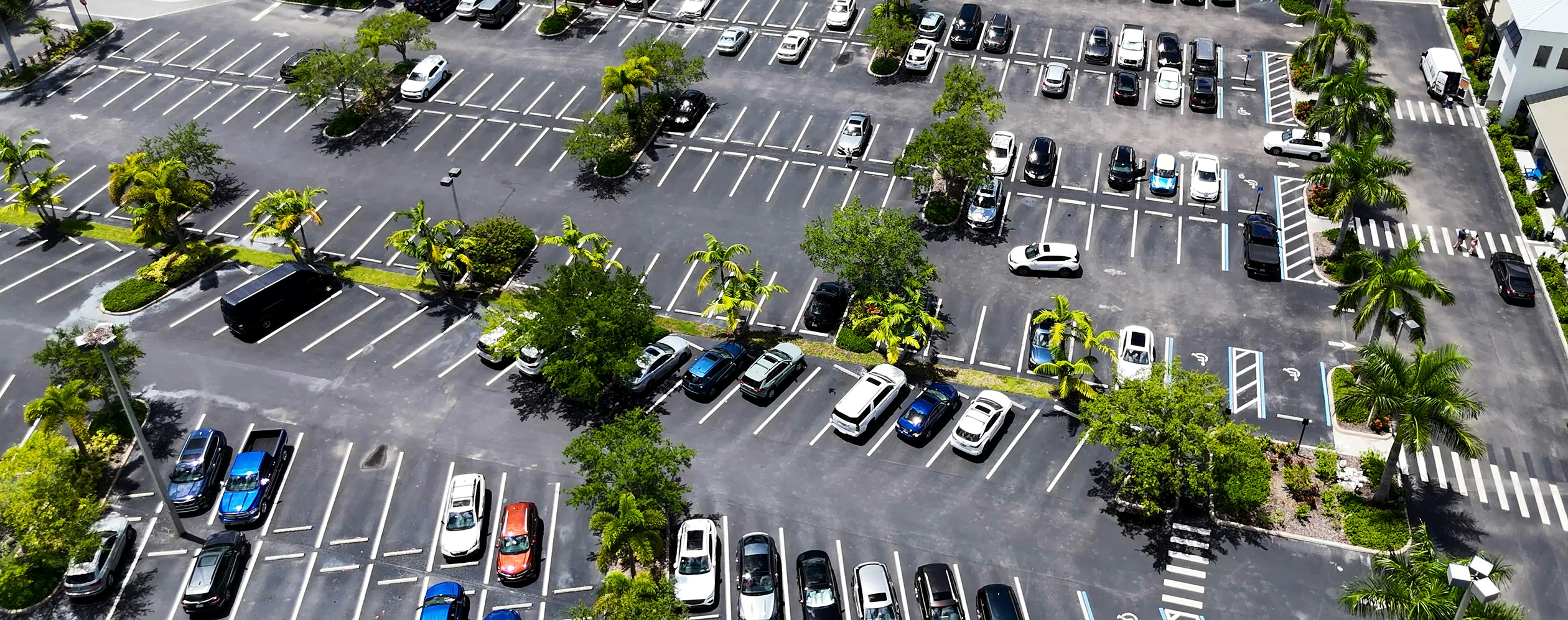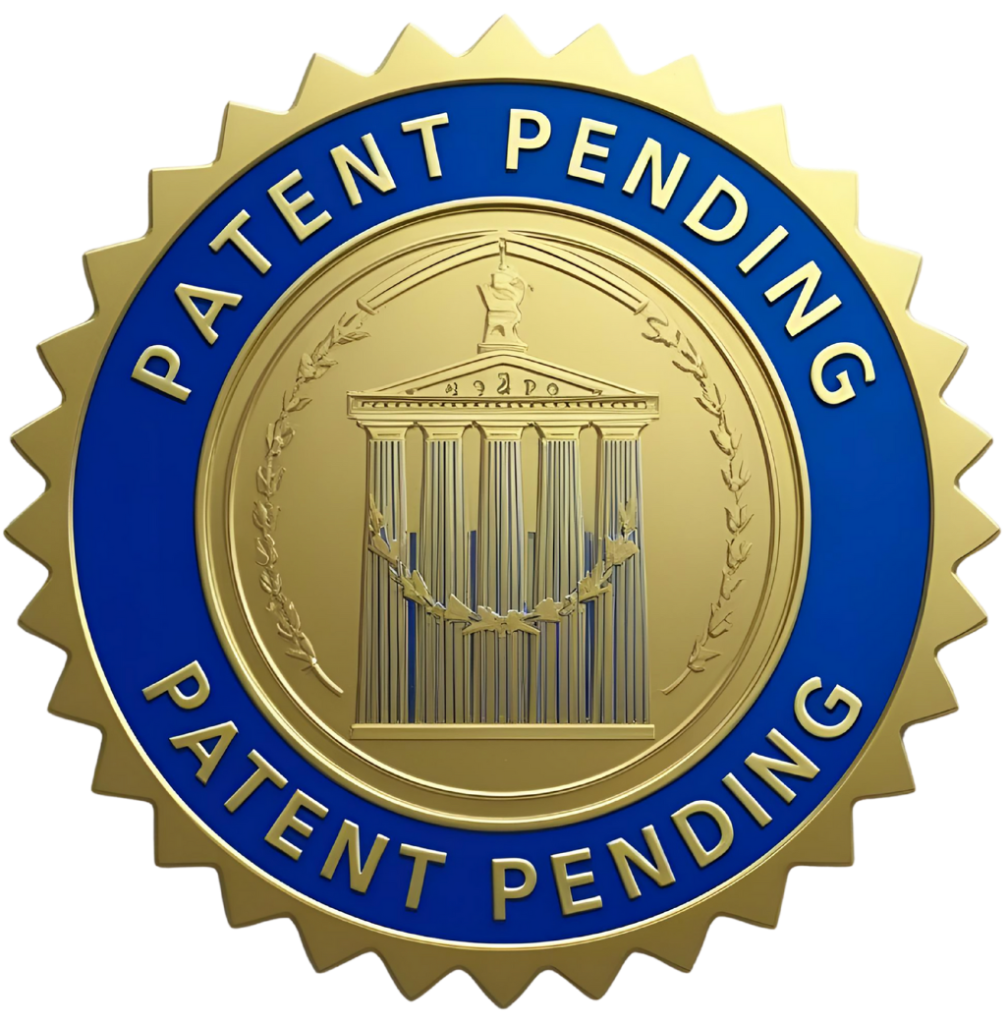The parking industry plays a crucial role in urban mobility, impacting everything from traffic congestion to environmental sustainability. As cities grow and populations increase, the demand for effective parking solutions has never been more pressing. We’ll dive into an in-depth analysis of the parking industry, including current trends, challenges, and opportunities for innovation. And how ParkClear, an innovative technology solution, can address the complexities of parking regulations and enhance the overall parking experience for drivers.
1. Landscape of the Parking Industry
The parking industry encompasses a wide range of services and technologies designed to facilitate the parking of vehicles in urban and suburban environments. With the rise of urbanization, the need for efficient parking solutions has become increasingly important. We’ll explore the various facets of the parking industry, including its economic impact, regulatory environment, technological advancements, and future trends.
2. Economic Impact of the Parking Industry
Revenue Generation: The parking industry generates significant revenue for municipalities and private operators. In the United States alone, parking fines and fees contribute billions of dollars annually to city budgets. This revenue is often used to fund public services, infrastructure projects, and maintenance of public spaces.
Job Creation: The parking industry also creates jobs in various sectors, including parking enforcement, management, technology development, and maintenance. As cities expand and the demand for parking increases, job opportunities in this sector are expected to grow.
Impact on Local Businesses: Effective parking solutions can enhance access to local businesses, driving foot traffic and increasing sales. Conversely, inadequate parking can deter customers, negatively impacting local economies. The relationship between parking availability and business success is a critical consideration for urban planners and policymakers.
3. Current Trends in the Parking Industry
Smart Parking Solutions: The rise of smart parking technology is transforming the industry. Smart parking solutions utilize sensors, mobile apps, and data analytics to optimize parking space usage and improve the user experience. Features such as real-time parking availability, automated payment systems, and navigation assistance are becoming standard.
Sustainability Initiatives: As environmental concerns grow, the parking industry is increasingly focusing on sustainability. Initiatives include the development of electric vehicle (EV) charging stations, the promotion of carpooling and ridesharing, and the implementation of green building practices in parking structures.
Integration with Urban Mobility: The parking industry is evolving to integrate with broader urban mobility solutions. This includes partnerships with public transportation systems, ridesharing services, and bike-sharing programs. By creating a seamless transportation network, cities can reduce congestion and improve accessibility.
4. Challenges Facing the Parking Industry
Regulatory Complexity: Parking regulations can be complex and vary significantly from one municipality to another. Drivers often face confusion due to conflicting signage and time-based restrictions, leading to unintentional violations and parking tickets. This complexity creates stress and anxiety for drivers and highlights the need for clearer communication of parking rules.
Urban Congestion: As urban populations grow, traffic congestion becomes a significant challenge. The search for parking contributes to this issue, as drivers circle neighborhoods looking for available spots. This not only increases travel times but also contributes to higher emissions and environmental degradation.
Technological Adoption: While technology offers numerous benefits, the parking industry faces challenges in adopting new solutions. Resistance to change, high implementation costs, and the need for staff training can hinder the adoption of smart parking technologies.
5. Opportunities for Innovation
A Solution for Parking Challenges: ParkClear is an innovative technology designed to simplify the parking experience for drivers. By leveraging location data, current time, and street sign rules, ParkClear provides users with a clear “yes” or “no” answer regarding parking permissibility. This technology addresses the confusion and stress associated with parking regulations, empowering drivers to make informed decisions.
Expansion of Smart Parking Technologies: The continued development of smart parking technologies presents significant opportunities for growth. Features such as automated payment systems, real-time availability tracking, and integration with navigation apps can enhance the user experience and streamline parking operations.
Collaboration with Municipalities: Partnerships between parking technology providers and municipalities can lead to more effective parking solutions. By working together, cities can implement smart parking systems that improve compliance, reduce congestion, and enhance overall urban mobility.
Focus on Sustainability: As environmental concerns become more pressing, the parking industry has the opportunity to lead the way in sustainability initiatives. By investing in EV charging infrastructure, promoting alternative transportation options, and implementing green practices, the industry can contribute to a healthier planet.
The parking industry is at a crossroads, facing both challenges and opportunities as it adapts to the needs of modern urban environments. With the rise of smart parking solutions and a focus on sustainability, there is significant potential for innovation and growth. ParkClear stands at the forefront of this transformation, providing drivers with the tools they need to navigate complex parking regulations and enhance their overall experience. By embracing technology and collaboration, the parking industry can create a more efficient, accessible, and sustainable future for all.




